
Building an Urban Utopia
A study by Richard Florida’s Creative Class Group suggests that knowledge, creativity, and innovation will dominate the local future economy. Collaboration is the key to maximizing the region’s competitive advantages, and UT Arlington is poised to lead the way.
· Summer 2012 · Comment ·
Understanding what’s called “North Texas” with its 16 counties and 6.7 million people doesn’t come easily. Its population is larger than 35 states and its dollar churn is so vast that if it were a nation, North Texas would rank among the planet’s 40 largest economies.
The area’s capitalism-oriented leadership evolves from a political hot soup of counties and cities and a complex mix of corporate and nonprofit entities, many of which see themselves more as competitors than collaborators.
In that context, planet is the right word because the Metroplex’s competitors are global—as much Singapore as New York City. Brazil, Argentina, and the Philippines seek dollars, jobs, and talent in the evolving knowledge-based economy alongside Boston, Chicago, and Silicon Valley. Mega-regions strive to outdo each other in economic development and quality-of-life attractions.
“Though the cities in the region have a reputation for competing, in fact North Texas has talent and human capital that are complementary.”
The Dallas-Fort Worth region is one of about 40 such mega-metro areas worldwide that dominates both human creativity and planetary economics. Though these regions hold only 18 percent of the world’s population, they generate two-thirds of its economic activity and produce 90 percent of its technological innovations.
The modern age has morphed into a global village led by mega-regions coveting a slice of the economic pie. North Texas has done remarkably well in this competition—so far. But many regional leaders, including UT Arlington President James D. Spaniolo, predict a far more collaborative approach will be needed as world competition heats up.
“While North Texas was able to avoid the worst of the economic crisis that sent many of America’s metropolitan centers reeling, the region nevertheless stands at a critical inflection point,” Spaniolo said at a recent series of panel discussions hosted by UT Arlington and The Dallas Morning News. “Along with its many strengths and competitive advantages, North Texas still has a number of economic challenges. We will be more competitive and our economic future stronger by working together. Dallas is not competing against Fort Worth or Arlington, or Houston or Atlanta, for that matter. North Texas is competing against other increasingly large and powerful regions around the world.”
KNOWLEDGE IS ECONOMIC POWER
How can the “stronger together” idea be developed? Enter the Creative Class Group and its founder, Richard Florida, one of the world’s leading authorities on economic prosperity.
For the past year the Creative Class Group has partnered with UT Arlington to examine the region’s assets and challenges. The joint effort engaged representatives from the School of Architecture, the College of Education and Health Professions, and the School of Urban and Public Affairs, with input from major chambers of commerce, local elected officials, Vision North Texas, the North Texas Commission, and civic groups.
Florida, a UT Arlington distinguished research scholar and author of the urban development classics The Rise of the Creative Class and The Great Reset, believes the future economy will increasingly be dominated by knowledge, creativity, and innovation.
“Think of it as the 4Ts,” he says. “The cities or regions that prosper will be those with the best performances in technology, tolerance, talent, and territorial assets because they will attract creative workers.”
Beyond the 4Ts, creative workers generally favor five attributes in the locations where they live: basic services, opportunity, values, leadership, and aesthetics. In short, a sense of place matters. But Florida cautions that catchphrases won’t get the job done. Decisions must be based on data.
Part of the UT Arlington collective effort since fall 2010 has involved analyzing and benchmarking the region’s competitive advantages and disadvantages. “We’re compiling a wide array of leading indicators and data-driven analysis that can help to inform a broad conversation about the path toward a sustainable, shared prosperity.”
The data show plenty of strengths—and some significant weaknesses.
On the positive side, the region has weathered the housing market downturn better than most areas, and five-year employment growth is strong. Residents are diverse, relatively young (median age 28), and robustly entrepreneurial.
KEYS TO PROSPERITY
Thought leader and best-selling author Richard Florida believes the regions that perform best in technology, tolerance, talent, and territorial assets will attract the most creative workers.
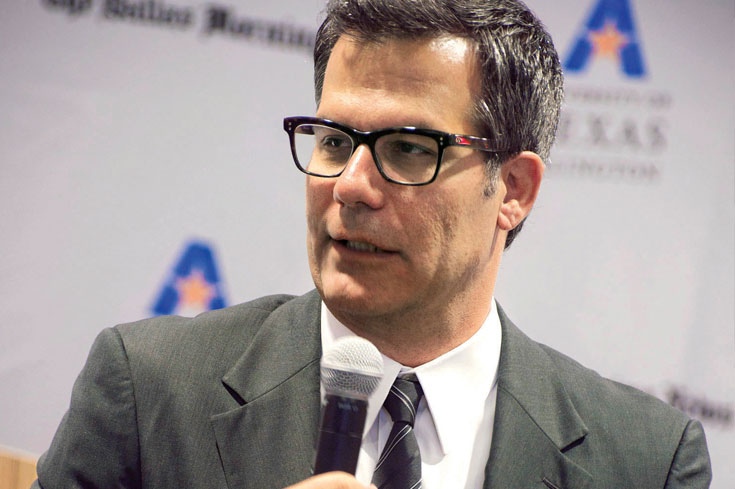
Challenges include a pronounced auto dependency, with its accompanying sprawl, and moderate human capital. Among regions with populations exceeding a million people, Dallas-Fort Worth ranks 27th in percentage of workers with a bachelor’s degree or higher. The region also lags in arts and recreation employment, which attracts creative class residents who become sources of entrepreneurial activity.
“The data we’ve collected are an X-ray of the region’s industry, talent clusters, and more,” Florida says. “We found that the region overall has done extremely well. It has a high rate of business creation and stable employment. A big international airport adds enormous value.”
Unlike most major metropolitan regions, North Texas is not dominated by one central city. Instead, it is multi-nodal, the two biggest divisions being Arlington-Fort Worth and Dallas-Plano.
“Though the cities in the region have a reputation for competing, in fact North Texas has talent and human capital that are complementary,” he says. “These strengths provide for a well-balanced talent pool for potential employers. Arlington-Fort Worth’s capabilities in transportation, engineering, mechanics, and electronics complement Dallas-Plano’s advantages in business and financial services, design, and computer software and information technology services.”
Of the regional weaknesses, Florida believes two are glaring.
“The first of the must-be-corrected check marks is that university research and development is just not funded as well as some other areas. What links the world’s greatest high-tech and creative regions—from Silicon Valley to greater Boston to the North Carolina Research Triangle to Austin—is a nationally recognized research university, or multiple research universities. North Texas is rich in universities, but it needs to invest more to create a research enterprise of the first order. Failure to do so will hamper the area’s ability to compete on a national and international level.”
UT Arlington has been identified as one of Texas’ eight emerging research institutions. UT Dallas and the University of North Texas are also on the list. Last year the University’s total research expenditures reached an all-time high of $66 million.
Florida’s second major concern is that much of the area’s talent is borrowed. “The area grew by poaching creative people from other regions. The trick is to grow your own and keep them.”
CHANGING THE WAY WE LIVE
Florida believes that the sprawling tendencies of the Metroplex likely will change. Technology, innovation, and capital access matter, but much of our built environment is unoccupied and inefficient.
“We waste too much time and create too much pollution trying to connect with people. There’s too much time and money spent on commuting,” he says. “The economic benefits of density outweigh other benefits and are necessary if the region is to be competitive.”
Steven Pedigo, a UT Arlington distinguished research scholar and the Creative Class Group’s research director, has been heavily involved in the Metroplex project. While he echoes Florida’s concerns, he sees a sea change in concepts of ownership.
A SHIFT IN CONSUMPTION
Steven Pedigo, the Creative Class Group’s research director, says residents of knowledge-based economies spend more money for experiences like travel, music, sports, and art.
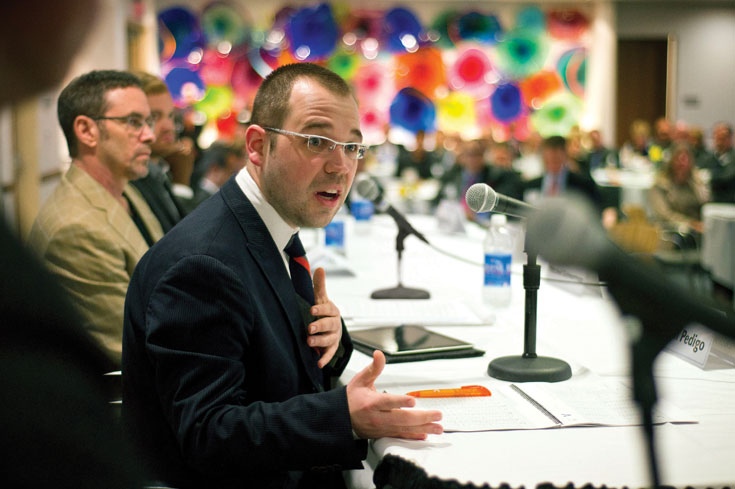
“The focus on consumption has been that people buy cars and houses,” he says. “But it’s clear that, in part because career mobility is so necessary, knowledge-based economy residents tend to spend their money in different ways. Because of that, we have to reinvent the way we think of cities as a place of consumption. People will spend money for experiences—food, music, sports, travel, and art. People will be spending their money differently than they did in the past, and the region needs to adjust to this reality.”
As for mass transit, Florida predicts that its availability to employees and clients is becoming a deciding factor when major economic development entities choose a home base. Cities without mass transit may find themselves at a disadvantage.
With UT Arlington’s assistance, Florida, Pedigo, and other members of the Creative Class Group will study North Texas for another year. Then it will be up to the region to develop an action plan.
“It has to be the private and public sectors working together,” Florida says. “It will require participation by regional chambers of commerce, and universities will have to be a main driver. The most effective economic development is private-sector driven.”
President Spaniolo believes the data and trends will clearly identify the need for more partnerships among the public and private sectors and other stakeholders.
“We’re in the middle of figuring out what model of jobs, transportation, and living spaces make sense for North Texas,” he says. “We’ve broken some ground. This is a new model, a new way to look at the present and future. This is not really about UT Arlington or the city of Arlington but about the ways that a university like us can be a model, promoting collaboration and cooperation.”
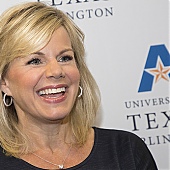


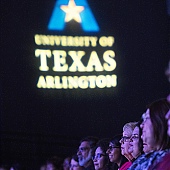

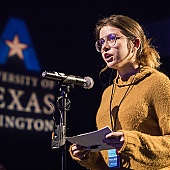



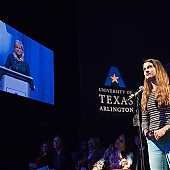




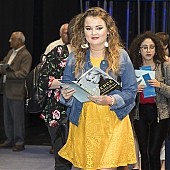
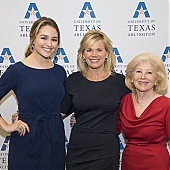
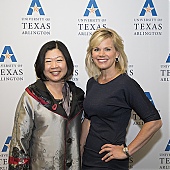
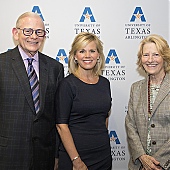
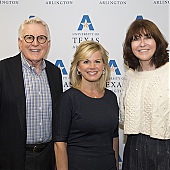
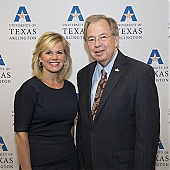

How can I find out more about this work?